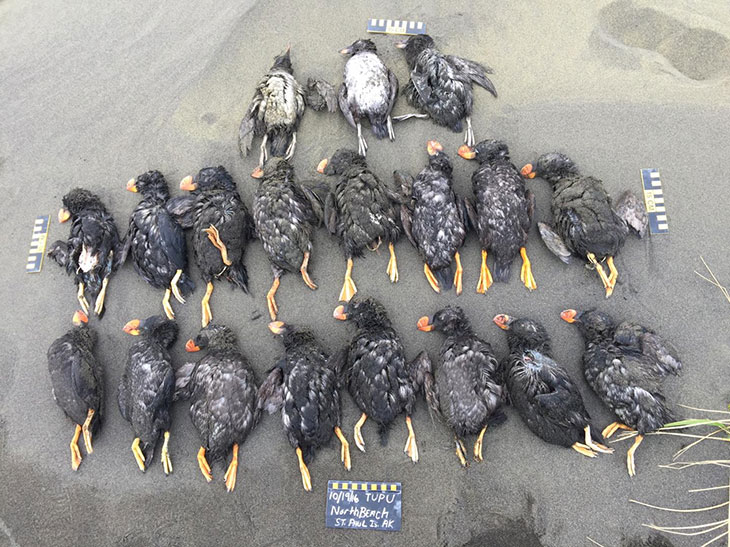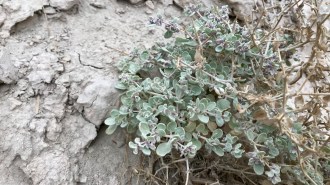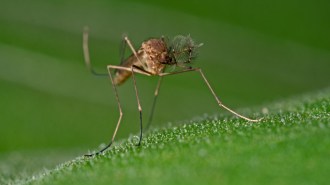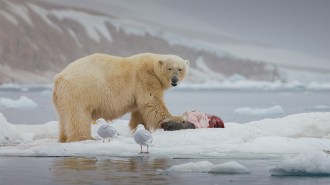Thousands of birds perished in the Bering Sea. Arctic warming may be to blame
Emaciated puffins and other birds washed ashore on an Alaskan island in unusually high numbers
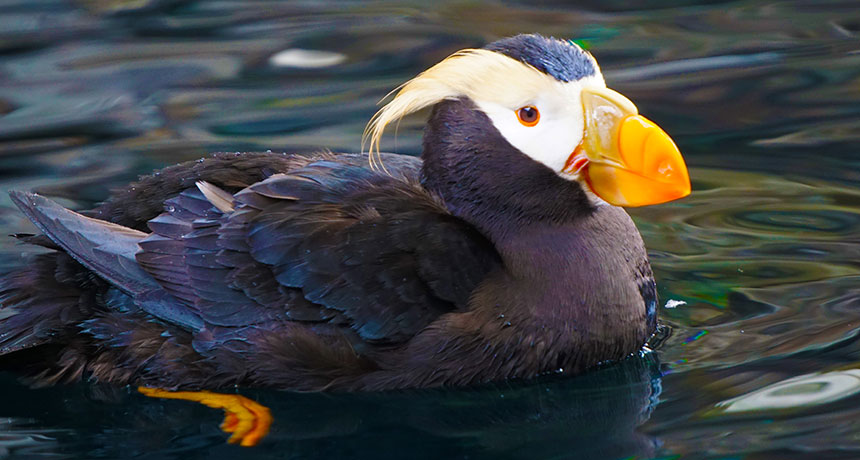
COLORFUL DIVER The tufted puffin is one of several seabird species that live on Alaska’s Pribilof Islands. The birds’ fishing grounds are the Bering Sea, but climate change is rapidly altering the region’s food web, leading to several seabird mass mortality events, scientists say.
DS Photography/iStock/Getty Images Plus
